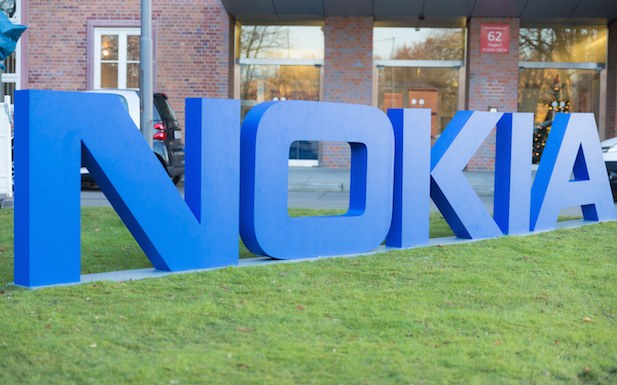Nokia Networks has tested LTE-M technology with KT in Korea as it looks to build up its IoT network offering.
The technology, also known as eMTC, uses only 1.4MHz of a full 20MHz carrier, leaving the rest of the spectrum free for standard LTE traffic.
It enables data rates of up to 1MBps and offers up to four times coverage. Nokia claimed eMTC reduces device complexity by up to 80 percent compared to conventional LTE.
The tech will be fully standardised with the forthcoming 3GPP Release 13, along with NB-LTE, which will offer operators the chance to use cellular to enable wide area networks.
Nokia said eMTC will allow operators to set up low cost, data-rich networks within existing LTE deployments to track environmental conditions or conduct building surveillance.
Chang Seok Seo, Senior Vice President and Head of Network Strategy Unit, KT, said: “This trial, a world-first, offers a solid platform to promote the widespread application of services powered by IoT technology by addressing limitations that are hampering its spread and reach.”
Andrew Cope, Head of Korea, Nokia, added: “With this trial, we have successfully demonstrated the capabilities of LTE as a veritable backbone for a growing range of IoT use cases.”
Last summer, Huawei used LTE-M in a trial of a smart parking network in Shanghai.
Earlier this month, Telefónica said it was bringing LTE-M functionality to its M2M solution.
The first commercial deployments of NB-LTE networks will be made later this year, following the technology’s standardisation.
Last month, Vodafone and Huawei completed the first commercial trial of the pre-standard tech.
Meanwhile, Nokia Networks has also launched a product that uses LTE to help bring broadband connectivity to remote areas.
FastMile comprises a home indoor router and outdoor antenna, along with a RAN macro configuration and cloud-based controller.
Nokia said the solution offers high data rates and capacity through a unique antenna topology and minimising interference.
Ken Rehbehn, Senior Research Analyst of 451 Research, said: “We are in an Internet era, yet availability of ubiquitous and affordable broadband service remains an elusive goal in many rural locations around the world. By leveraging an existing mobile network grid to offer fixed broadband access, mobile operators benefit from service growth while addressing the vital community need for improved connectivity that boosts economic prospects and expands educational opportunities.”
Thorsten Robrecht, Head of Advanced Mobile Network Solutions at Nokia, said: “Nokia FastMile gives operators an exciting opportunity to tap a new customer base and bring the Internet to millions who today do not have access to global communications networks. It’s also a cost-effective way of taking into use underutilised spectrum in rural areas.”


